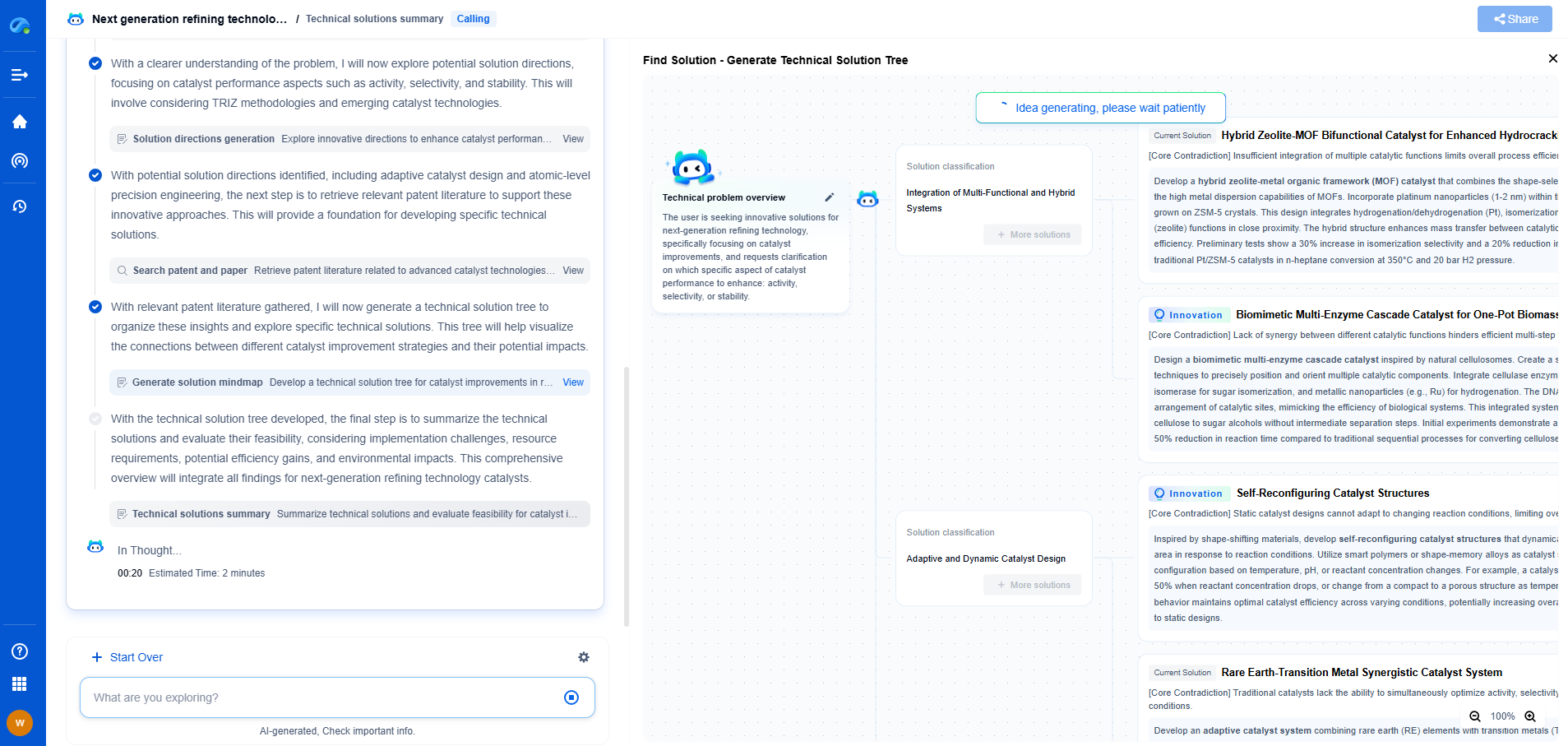Single-Ended vs. Differential Inputs in ADCs: Noise Immunity Tradeoffs
JUL 17, 2025 |
In the world of analog-to-digital converters (ADCs), understanding the distinction between single-ended and differential inputs is crucial for optimizing noise performance and achieving accurate signal conversion. Each approach has its advantages and tradeoffs, particularly concerning noise immunity. In this article, we will delve into the specifics of single-ended and differential inputs, examining their respective strengths and weaknesses, and offering guidance on choosing the right input type for your application.
Understanding Single-Ended Inputs
Single-ended inputs in ADCs measure the voltage difference between one signal line and a common ground. This setup is straightforward and cost-effective, making it a popular choice for many applications. Its simplicity, however, comes with certain limitations, especially in terms of noise immunity.
One primary issue with single-ended inputs is their susceptibility to ground noise. Since the input signal is referenced to ground, any noise present on the ground line can directly affect the measurement accuracy. This can be a significant concern in environments with high electromagnetic interference (EMI) or where long cable runs are involved, as these factors can introduce unwanted noise into the system.
The Advantages of Differential Inputs
Differential inputs, on the other hand, measure the voltage difference between two signal lines, neither of which is grounded. This configuration inherently rejects common-mode noise, which is noise that appears equally on both lines. As a result, differential inputs offer superior noise immunity compared to single-ended configurations.
This improved noise rejection makes differential inputs particularly advantageous in electrically noisy environments. Furthermore, the ability to eliminate ground loops and reduce EMI susceptibility enhances the overall accuracy and reliability of the ADCs. The balanced nature of differential inputs also allows for greater dynamic range and reduced distortion, which are essential in high-precision applications.
Noise Immunity Tradeoffs
While differential inputs offer better noise immunity, they come with their own set of tradeoffs. The complexity of the design is increased, requiring more components and potentially leading to higher costs. Additionally, differential input configurations can be more challenging to implement, especially for designers not familiar with this setup.
In contrast, single-ended inputs provide a simpler and more economical solution, which may be sufficient for applications where noise levels are controlled or less of a concern. Choosing between these two input types often involves balancing the need for noise immunity with factors such as budget, complexity, and the specific requirements of the application.
Application Considerations
The choice between single-ended and differential inputs largely depends on the application's environment and the criticality of noise rejection. In industrial settings or applications involving long cable runs, differential inputs are generally preferred due to their robust noise rejection capabilities.
However, in simpler, low-cost applications where minimal noise is present, single-ended inputs may offer a more pragmatic choice. It's essential to evaluate the specific requirements of your application, considering factors such as noise environment, signal integrity, and cost constraints, before making a decision.
Conclusion
In summary, both single-ended and differential inputs in ADCs have their respective advantages and tradeoffs, particularly concerning noise immunity. While differential inputs provide superior noise rejection, they come with increased complexity and cost. Single-ended inputs, though more susceptible to noise, offer simplicity and cost-effectiveness for applications where noise levels are manageable. Ultimately, understanding the environment and requirements of your application will guide you in selecting the most appropriate input configuration for your ADC design.
Whether you’re developing multifunctional DAQ platforms, programmable calibration benches, or integrated sensor measurement suites, the ability to track emerging patents, understand competitor strategies, and uncover untapped technology spaces is critical.
Patsnap Eureka, our intelligent AI assistant built for R&D professionals in high-tech sectors, empowers you with real-time expert-level analysis, technology roadmap exploration, and strategic mapping of core patents—all within a seamless, user-friendly interface.
🧪 Let Eureka be your digital research assistant—streamlining your technical search across disciplines and giving you the clarity to lead confidently. Experience it today.
- R&D
- Intellectual Property
- Life Sciences
- Materials
- Tech Scout
- Unparalleled Data Quality
- Higher Quality Content
- 60% Fewer Hallucinations
Browse by: Latest US Patents, China's latest patents, Technical Efficacy Thesaurus, Application Domain, Technology Topic, Popular Technical Reports.
© 2025 PatSnap. All rights reserved.Legal|Privacy policy|Modern Slavery Act Transparency Statement|Sitemap|About US| Contact US: help@patsnap.com

